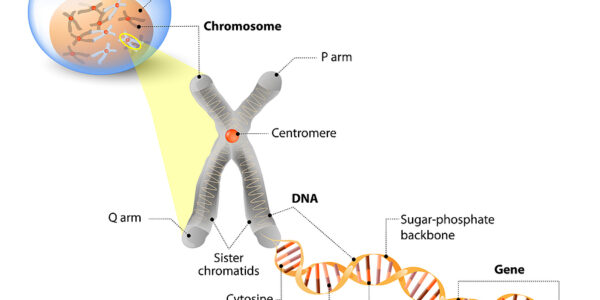There is a lot of discussion about the fact that intermittent fasting may benefit health. But there are a confusing variety of intermittent fasting schedules. This makes it difficult to compare notes regarding the specific effect of an intermittent fasting diet. Generally speaking when there is some form of calorie restriction, our body goes into a survival mode of operating. These types of diets provide enough nutrients to not get into malnutrition, but at the same time they may stimulate sirtuins, particularly SIR2. This is thought to be associated with longevity.
Various forms of fasting
Eating after 5 PM
The Taylors in the CNN article eat the same amount of calories, but they only eat after 5PM. They claim to have more energy and be less vulnerable to infections. They also think that they feel younger than in the past.
Fasting every other day
This was an observation in the 1980’s to help rats live longer compared to rats that have food available every day. Recent experiments on mice showed similar results: calorie restriction in whatever form leads to prolonged life and health.
Human fasting mimicking diet
A 2017 study on 100 humans divided this group into half. One half ate any food as they wished. The other half consumed only 800 to 1100 calories for 5 days of each month as a fasting mimicking diet. The experimental group had lower fasting blood sugars; cholesterol, triglycerides and other heart disease markers went down. The IGF-1 markers for various cancers also went down. The experimental group lost abdominal fat, but preserved lean body mass. Valter Longo, who co-authored the clinical study said that a human trial on longevity would almost be impossible to design, and would cost “a hundred million dollars or more. But if you look at the data from our trial … it would be hard to see how they would not live longer.”
5:2 diet
Patients are allowed to eat what they want for 5 days of the week, but then they restrict their diet for 2 consecutive days. The control group had no restriction of calories. The 5:2 experimental group had better glucose control and loss of abdominal fat than the control group.
Fasting can help you live-longer
Experts on calorie-restricted diets tell us that there is a switch in metabolism from burning glucose as fuel to using ketones as fuel. Extended periods of exercise will also cause a switch to using ketones as fuel. Repeated cycling from fasting to eating may also benefit our brain function. Intermittent fasting will help us cope better with stress and disease. But Dr. Longo says that this is only one aspect. He found in his research that with intermittent calorie restriction there is a multi-system regeneration going on. For instance, damaged white blood cells are depleted, stem cells are activated, blood sugar control is improved and heart risk factors are being controlled. Dr. Longo mentioned that when tissues are healthy and functional, risk factors for disease decrease.
Mechanisms behind longevity
Dr. Longo explained in detail the complex aging pathways that involve three components, IGF-1, mTOR and PKA. When lifestyle choices stimulate these genetic markers, accelerated aging is the consequence. But with the inhibition of those markers longevity will happen. Here are some of the effects on the body of a fasting mimicking diet.
- Obesity diminishes, because of the weight loss effect due to missing calories.
- Diabetes: insulin resistance becomes lower and blood sugar levels drop.
- High blood pressure reduced: many patients were able to reduce their medications or discontinue them
- Pain conditions improve as all kinds of pain disappears, an effect for which there is no explanation at this point
- Autoimmune diseases like MS and rheumatoid arthritis improve, likely because of the effect of increased stem cell circulation
- Prevention of heart attacks and strokes because of reduction of LDL, triglycerides and CRP
- Cancer cure rates improve by protecting normal cells and the bone marrow
- Longevity improved in mice with a 3-fold increase of their life span. Telomere length in humans was increased. Increased stem cells will find defective areas that need repair. This effect will open up a new chapter in medicine.
Conclusion
Calorie restriction is a powerful method to rejuvenate the body. Surprisingly 5 days out of one month of a calorie restricted fasting mimicking diet is all that is necessary to improve the body’s metabolism. Telomeres get increased, damaged white blood cells are removed and stem cells get stimulated. But weight loss, improvement of pain perception and cardiovascular risk reduction take place as well. In mice longevity was significantly prolonged, but this needs to still be shown in humans.
One can think of an intermittent fasting mimicking diet as a kind of internal cleansing. Following this it is easier to restart the metabolism with clean ingredients.
So far I have followed 11 courses of the fasting mimicking diet. But I don’t buy boxes of 300.00 USD every month. Instead I count calories myself, keep the diet balanced and buy the ingredients in the health food store. I agree that the fasting mimicking diet seems to be effective and it helps to keep my body mass index under control.





















